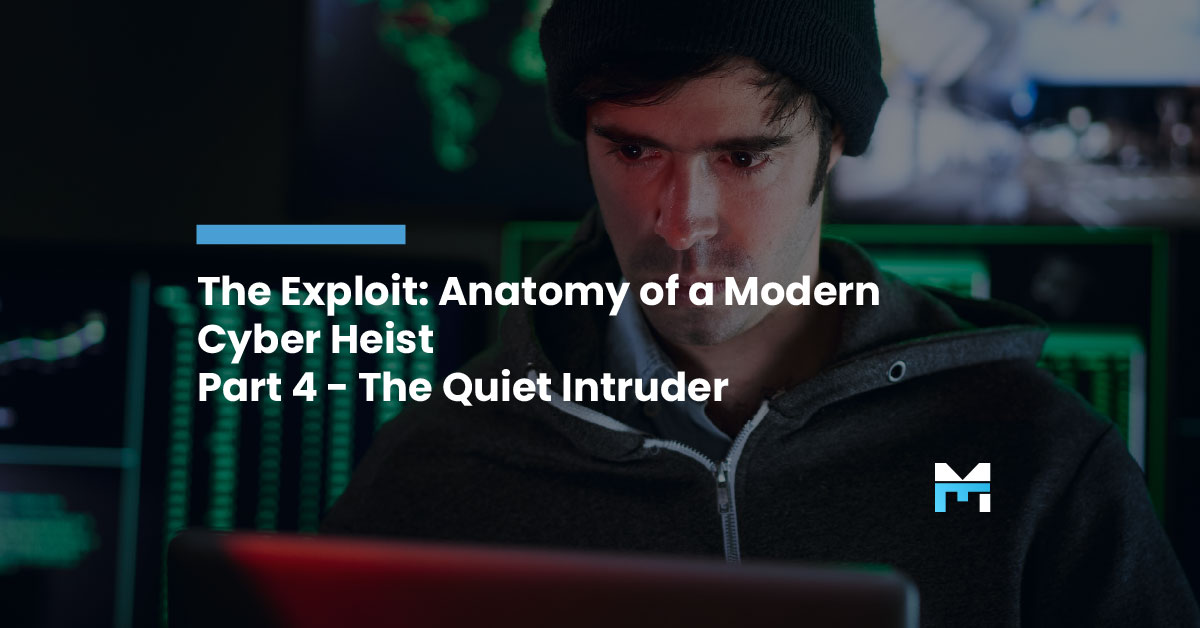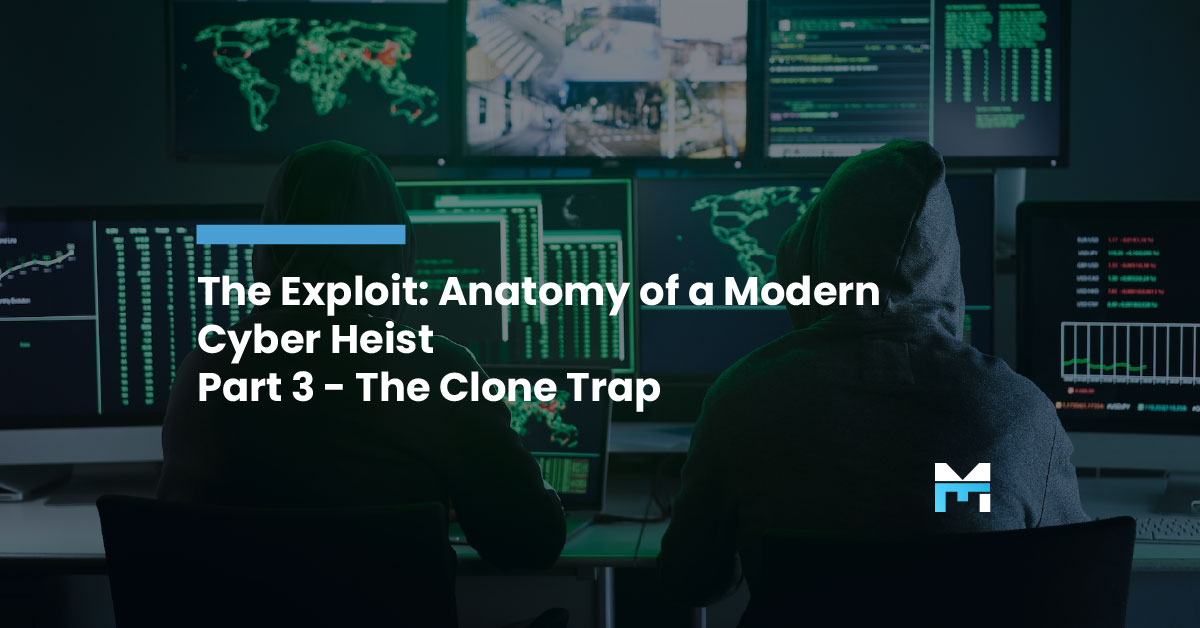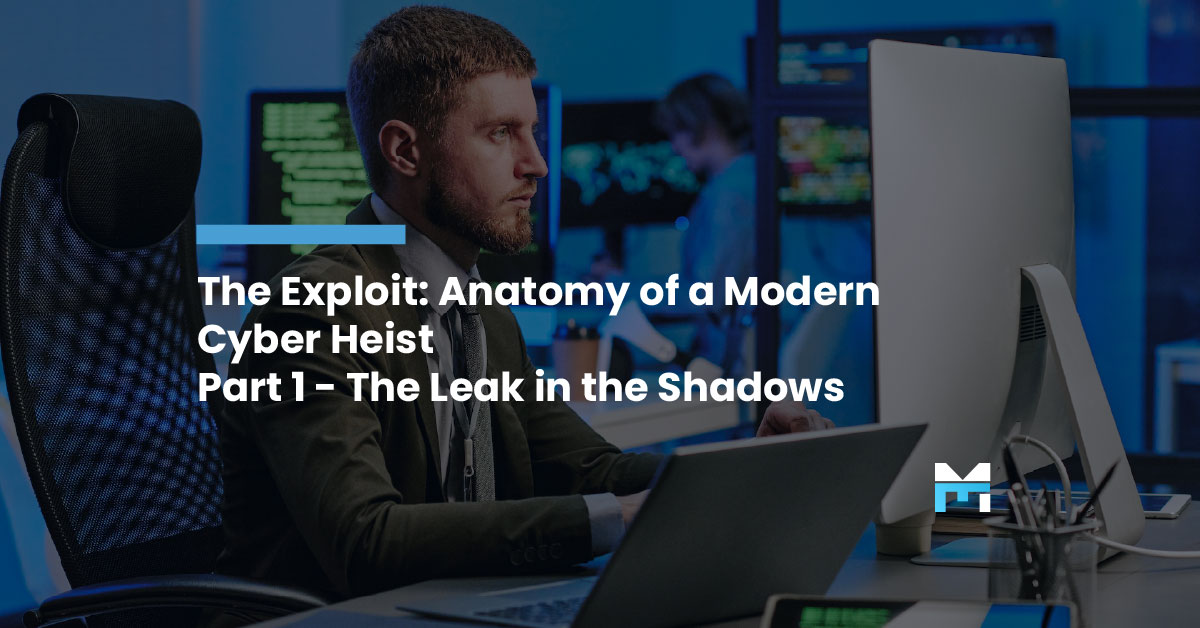The Exploit: Anatomy of a Modern Cyber Heist Part 3 - The Clone Trap
Chad’s login credentials weren’t just stolen—they were live streamed. Not in the Netflix or Hulu sense but in that every keystroke, every click,...
Information Security Compliance
Add security and compliance to Microsoft 365
BI Reporting Dashboards
Realtime pipeline insights to grow and refine your learning operation
Integrations for Banks & Credit Unions
Connect LOS, core platforms, and servicing system
Productivity Applications
Deploy customized desktop layouts for maximum efficiency
Server Hosting in Microsoft Azure
Protect your client and company data with BankGrade Security
2 min read
Justin Kirsch : Jun 2, 2025 8:45:00 AM

Three weeks had passed since Chad clicked that fateful link.
The suspicious invoice had been flagged. The IT team at CYA Finance had sprung into action with their standard incident response protocol. Chad's credentials were revoked. Passwords were reset across key systems. A full security review was performed. The team issued a report labeled with familiar phrases—“phishing incident,” “credential compromise,” “recommend further employee training.”
Everyone breathed a sigh of relief. Systems were operational. Emails were flowing. Business carried on. But what no one realized was that the attacker had never left.
NullGhost knew this playbook. In fact, they were counting on it.
Before the first ticket had been opened by the help desk, NullGhost had already laid the groundwork for persistence. They slipped a custom script onto a forgotten file server—a script disguised to look like part of the routine backup process. It ran quietly in the background, designed to blend in with scheduled jobs.
It didn’t collect data. Not yet. It just kept the door open.
Even after Chad’s account was deactivated and the immediate threat appeared neutralized, NullGhost still had access. That single, overlooked script acted as a beacon—pinging out at regular intervals, waiting for the moment to resume operations.
And once everyone had moved on, NullGhost did just that.
With full access restored, NullGhost launched the second phase of their attack.
Rather than smash-and-grab, they exfiltrated data slowly, methodically. Client records. Financial spreadsheets. Email archives. They were encrypted and sent off-site in tiny, seemingly harmless packets—disguised to look like system telemetry or cloud sync activity. Each transfer flew under the radar. No alerts were triggered. Nothing looked out of place. But then came the kill shot.
NullGhost identified a routine vendor payment scheduled for the following week. Using their access to internal communications, they slightly altered the payment instructions—just enough to redirect the funds to a lookalike bank account under their control. No one noticed. Not until the funds were gone.
By the time the discrepancy was discovered, the six-figure wire transfer had cleared, moved through a cryptocurrency tumbler, and vanished across three different jurisdictions.
Weeks later, during a deep-dive forensic audit, investigators uncovered a single strange DNS query—originating from a machine that hadn’t been logged in by any known user. The query matched a hostname associated with the original proxy phishing site NullGhost had used.
It was the only tangible breadcrumb left behind. Whether it was a slip-up or a calculated taunt, no one could say for sure.
But the message was clear: Chad’s click had never been the breach—it was merely the invitation.
The intruder had been quiet.
But the damage? Deafening. CYA would end up paying over $15 million in direct financial costs as well as legal and regulatory fines. They lost 75% of their customers, who all said the same thing, “We can’t trust you with our data.” Law suits are pending and the cost for those could be tens to hundreds of millions.
The breach didn’t end with the incident report. It ended only when CYA Finance brought in outside experts with the tools and talent to do what their off-the-shelf security stack couldn’t: Find the ghost hiding in the machine. And by then, the catastrophic damage had already been done.

Chad’s login credentials weren’t just stolen—they were live streamed. Not in the Netflix or Hulu sense but in that every keystroke, every click,...

Welcome to part one of our fictional, yet oh-so-realistically plausible series about cybersecurity failures and the lessons every business...

Two weeks later, Chad was sitting at his desk, nearly vibrating with excitement. It was Wednesday, hump day, and he was finally going to meet some...